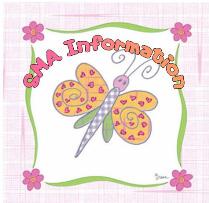|
THE DISEASE
Spinal muscular atrophy (SMA), the number one genetic killer of
children under the age of two, is a group of inherited and often
fatal diseases that destroys the nerves controlling voluntary
muscle movement, which affects crawling, walking, head and neck
control, and even swallowing.
WHO IS AFFECTED?
SMA is one of the most prevalent
genetic disorders.
 |
One in
every 6,000 babies is born with SMA. Of children
diagnosed before age two, 50 percent will die before
their second birthday. |
 |
SMA can strike anyone of
any age, race or gender. |
 |
One in
every 40 people carries the gene that causes SMA. The
child of two carriers has a one in four chance of
developing SMA. |
THE TYPES OF SMA
SMA Patients are classified into
four types based on milestones achieved at onset of SMA. Type I
and II are most prevalent.
 |
Type 1,
or Werdnig-Hoffmann Disease, is the most severe form
of SMA. Type I SMA strikes infants between birth and six
months old. Children affected with Type I cannot sit
without support. Fifty percent of Type I babies will die
before their 2nd birthday. |
 |
Type II
affects infants between seven and 18 months old.
Type II patients may be able to sit unaided or even
stand with support. They are at increased risk for
complications from respiratory infections. |
 |
Type
III, also known as Kugelberg-Welander Disease, is
the least deadly form of childhood-onset SMA. It strikes
children as early as the age of 18 months, but can
surface as late as adolescence. Type III patients are
able to walk, but weakness is prevalent. Most patients
eventually need to use a wheelchair. |
 |
Type IV
is the adult form of the disease. Symptoms tend to begin
after age 35. |
SMA does not affect sensation
and intellectual activity in patients. It commonly is observed
that patients with SMA are unusually bright and sociable.
|














